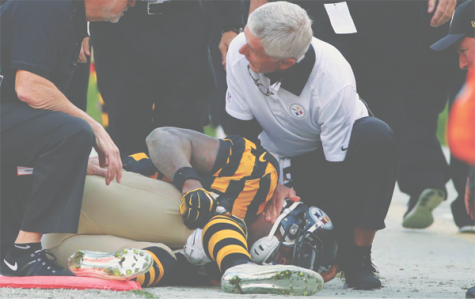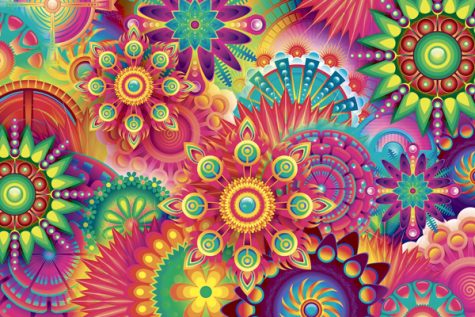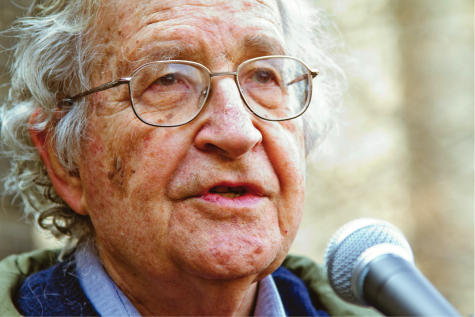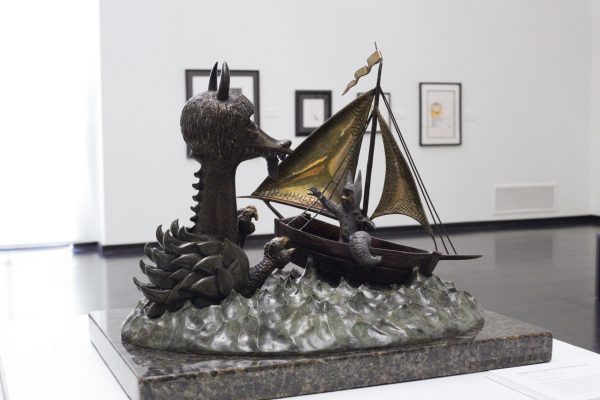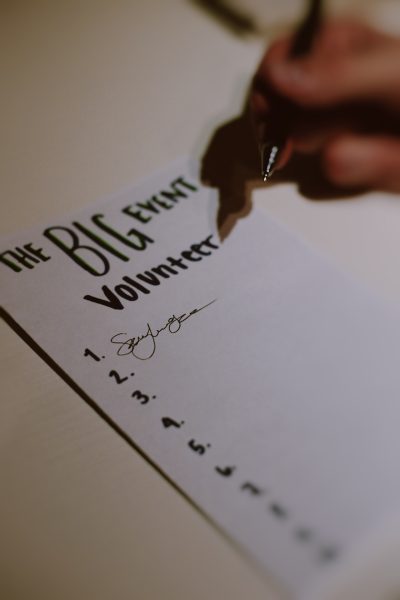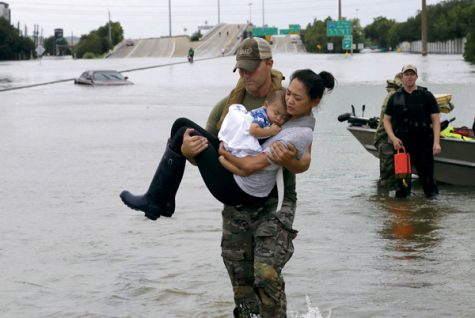Storytelling in Mythology
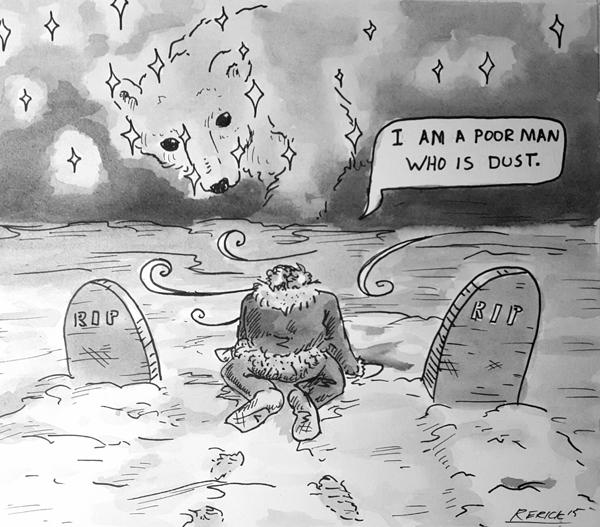
Abe the Eskimo kneeling beside his buried family. Comic by Bill Rerick/ The Dakota Student
Like all mythology, Inuit myths and legends are both entertaining and instructive.
The Inuit designated the powers of good and evil to deities living in a spirit world closely entwined with the starkly beautiful landscape.
Ancient Inuit oral traditions were employed as the most important method of conveying and preserving ideas, augmented sometimes by small carvings that may have served as illustrations for events.
Songs and dances also enhanced the meanings of myths and legends, which upheld the existing system, bolstered the traditional customs of Inuit society and verbalized a sense of right and wrong. These early tales were intrinsically linked to Inuit shamanism.
Inuit myths and legends are usually short dramatic forms dealing with the wonders of the world: creation, heavens, birth, love, hunting and sharing food, respect for the aged, polygamy, murder, infanticide, incest, death and the mystery of afterlife.
Inuit storytellers continue to remodel old myths and create new legends.
Inuit myths are rarely simple. They usually abound with behavioral codes that may only be fully understood by those living within that society.
The stories reinforce a close relationship with all of nature, as well as the belief that animals have the magical power to hear and understand human words.
For this reason, hunters in their camps, when singing or speaking of walrus or seal, may carefully refer to them as maggots or lice, or call caribou lemmings, thus confusing the animals that are necessary for their survival.
Nick Sallen is the opinion editor for The dakota student. He can be reached at [email protected]


